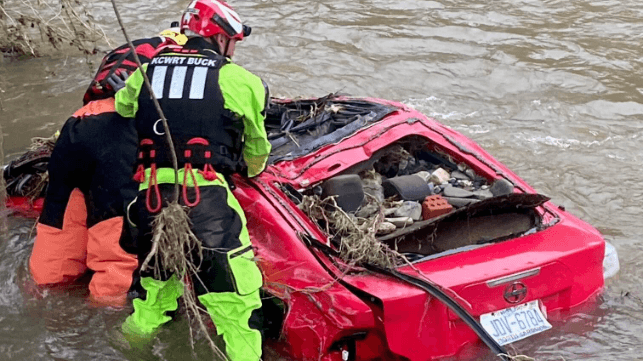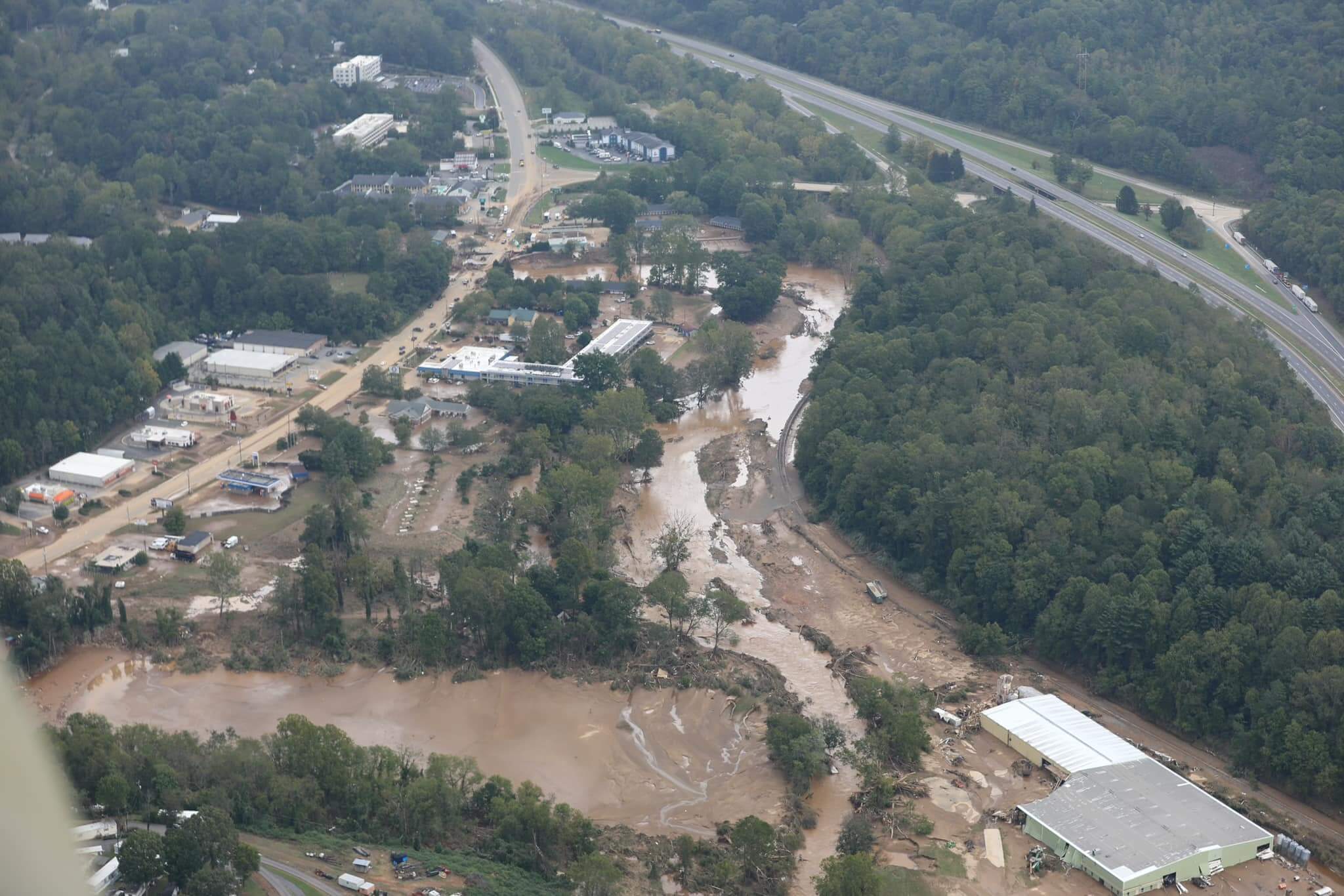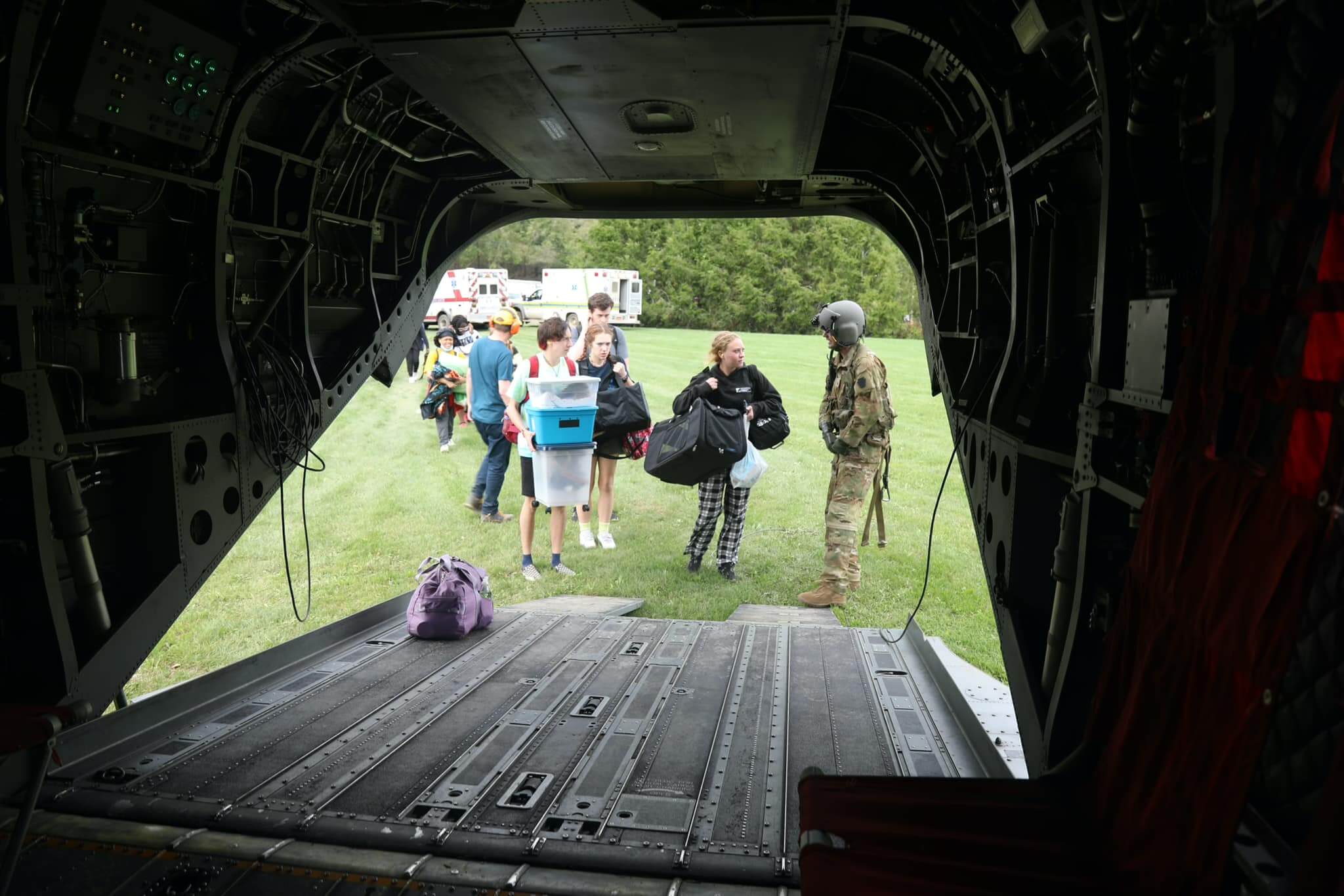Coast Guard Ends Hurricane Response as Search Ramps Up in N. Carolina

The U.S. Coast Guard has stood down its response center for Hurricane Helene after rescuing 21 people across the Southeast, from the Gulf Coast to North Carolina.
"Through coordination with?federal, state and local partners, we executed search and rescue, marine environmental protection, port recovery and marine safety missions across 12 ports, six?sectors, three?districts and over 250?counties. The whole of government response under FEMA continues to coordinate resources, personnel and assistance to the impacted American public," said Capt. Michael Brimblecom, commander for the Coast Guard response to Hurricane Helene.
More than 4,500 federal responders are still deployed across the region, including more than 1,000 from FEMA. The SAR operation is far from over, especially in the hill country of western North Carolina, where road washouts are so widespread that residents have been advised to treat all roadways as closed until further notice in order to maximize access for first responders. The state's National Guard has used helicopters extensively to evacuate stranded residents and deliver supplies to isolated areas.
 Courtesy North Carolina National Guard
Courtesy North Carolina National Guard
 Courtesy North Carolina National Guard
Courtesy North Carolina National Guard
High-water rescue teams that were deployed to Florida to help with typical post-hurricane recovery tasks have been redeployed to North Carolina to assist with flood damage. According to the state's emergency management office, 92 SAR teams from around the nation are involved in the search for survivors; so far, more than 500 people have been rescued in North Carolina, and the work continues. "The challenges are immense," Gov. Roy Cooper said Tuesday at a press conference.
Hurricane Helene's winds abated long before it arrived over the state's western hills, but it dumped up to 30 inches of rain on ground that was already soaked by a previous storm. The deluge caused severe flooding and mudslides across the region. In mountain towns, houses, roads and cars were washed away by surging muddy water, leaving wreckage tangled in trees.
As responders comb through the aftermath, the confirmed death toll has steadily risen, and it currently stands at more than 160 people across six states - nearly half of them in North Carolina. At least 600 people remain unaccounted for, and the number may rise, as many affected areas are without cell service and residents may still be waiting for a way to report missing persons.
